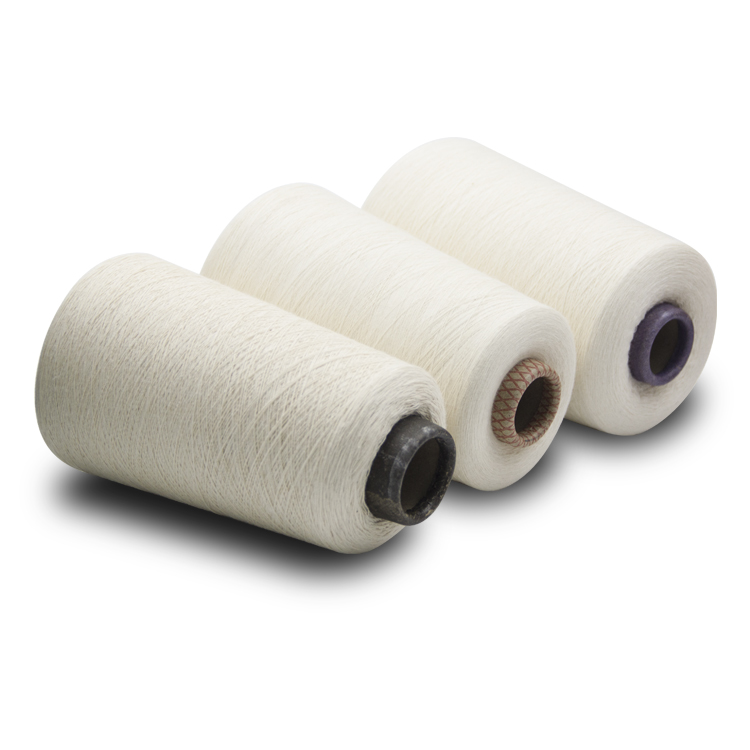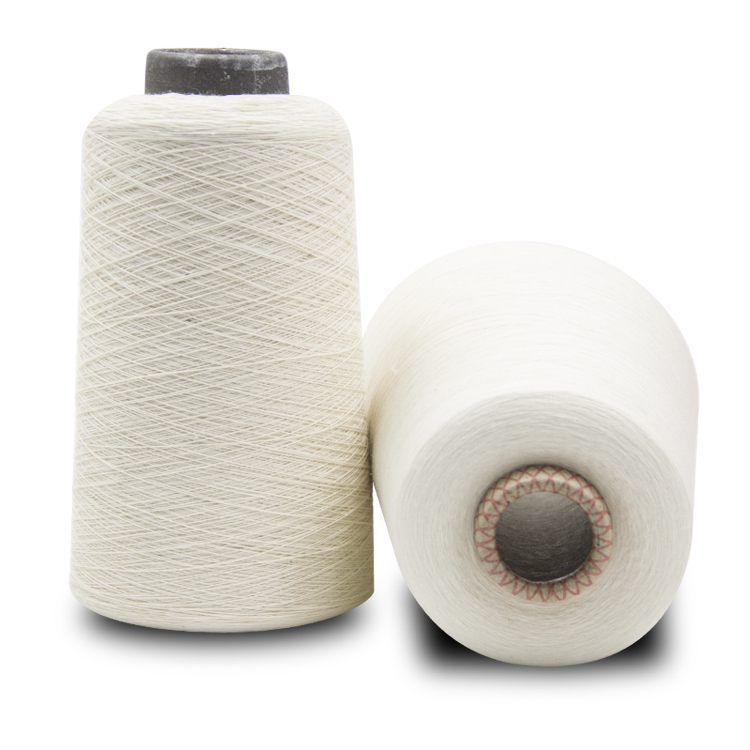
Detection method of phenol yellowing of sewing thread(1/2)
1. Edidafa cuts the cloth into 50 mm *70 mm size, then clamps it in the middle of the filter paper, then places the sample filter paper in two pieces of glass, and adds a certain pressure to make the cloth fully contact with the filter paper. Here, we use Edida method to detect phenol yellowing of sewing thread. When the sewing thread is clamped in the middle of the filter paper, if it overlaps or interlaces with each other and can not fully contact with the filter paper, it will affect the detection effect. Therefore, we use the blackboard shaker to prepare parallel and tightly arranged sewing yarn samples, which is a crucial step for accurate detection of phenol yellowing of sewing thread.

2.1 Detection Method
2.1.1 Testing Instrument
Installation and material perspiration color fastness frame (as shown in Figure 1), YG (B) 381 blackboard shaker, oven, polyethylene film without BHT, 7 pieces of 100mm *40mm *3mm glass plate, 100mm *75mm filter paper infiltrated with yellowing reagent, 100mm *30mm control cloth.
2.1.2 Test steps
2.1.2.1 piece yarn preparation
Since the maximum winding density of YG (B) 381 blackboard shaker is 19 pieces per cm, in order to obtain closely arranged sheet yarn samples, it is necessary to rewind one layer after winding the first layer of yarn, even if the final winding density is 38 pieces per cm. The specific operation methods are as follows: (1) engrave two calibration lines with a distance of 50 mm on the transverse guide axle of the blackboard shaker; (2) adjust the transverse runner so that it is located on the starting calibration line; (3) introduce yarn into the blackboard through the guide hole of the blackboard shaker, and fix the yarn end on the blackboard; (4) start the blackboard shaker, when the blackboard shaker is transverse. When the runner reaches the end of the scale line, stop shaking the blackboard; (5) repeat (2) ~ (4) once; (6) glue 50 mm *75 mm piece yarn with two tape papers in the direction of vertical yarn, and cut the sample yarn along the outer side of the tape paper with scissors.
Preparation of 2.1.2.2 Specimens
(1) Fold the filter paper in half, and the size of the folded filter paper is 50 mm *75 mm; (2) Five pieces of yarn samples and one piece of control cloth are clamped in the middle of the filter paper, and then the six pieces of filter paper with samples are placed between seven pieces of overlapping adjacent two glass plates (referred to as a test combination); (3) Closely pack a test combination with BHT-free polyethylene film. Hold and wrap with tape paper; (4) Place the sealing test combination on the sweat stain color fastness test stand shown in Fig. 1, and place a 5 kg weight on it (apply a certain pressure to the glass plate so that the filter paper can fully contact the sample); (5) Tighten the bolts on the sweat stain color fastness test stand, and then remove the weight hammer.
2.1.2.3 Sample Constant Temperature Treatment
(1) Place the perspiration color fastness stand in an oven at 50 C for 16 hours; (2) Take out the perspiration color fastness stand and cool it naturally for 0.4 hours, then remove the sealant tape and polyethylene film.




